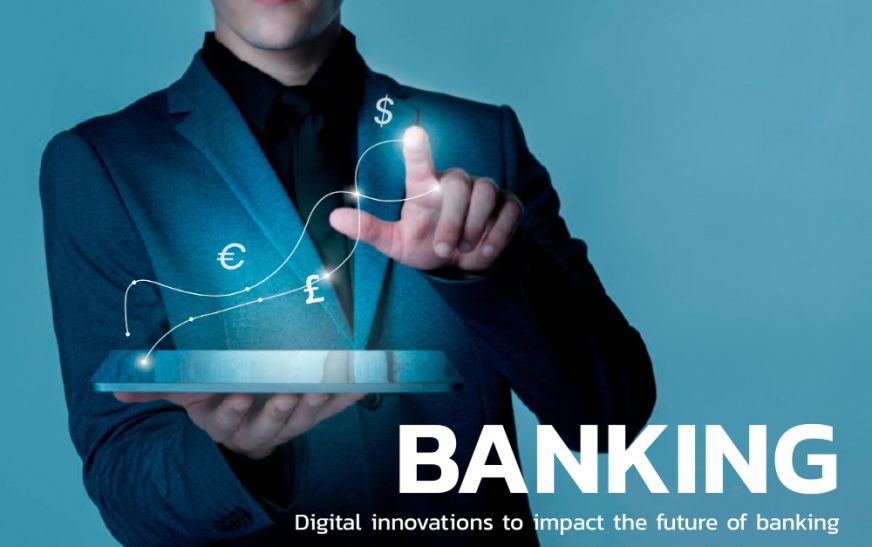The credit card, a ubiquitous symbol of modern commerce, boasts a surprisingly rich and dynamic history. Its journey, spanning centuries and continents, reflects the evolution of human ingenuity, financial systems, and our relationship with money. Let’s embark on a fascinating exploration of credit card history, from its early origins to its present-day form:
Early Antecedents (3rd Century BC – 18th Century AD):
- Ancient credit systems: The concept of credit predates the physical card by millennia. Evidence suggests rudimentary credit systems existed in ancient Mesopotamia, China, and Egypt, where individuals could borrow goods or services based on trust and reputation.
- Metal tokens and engraved cards: Fast forward to the Middle Ages, and we see the emergence of metal tokens and engraved cards used by merchants to extend credit to trusted customers. These early iterations lacked the widespread acceptance and standardized features of modern credit cards.
The Birth of the Modern Credit Card (19th – 20th Centuries)
- Charge plates and metal cards: The 19th century witnessed the introduction of “charge plates,” issued by individual businesses to allow customers to make repeated purchases without immediate payment. Additionally, metal cards with embossed information appeared around the same time, offering a more durable alternative to paper-based systems.
- The Diners Club card (1950): A pivotal moment arrived in 1950 with the launch of the Diners Club card, the first general-purpose credit card. This revolutionary invention allowed members to pay for meals at participating restaurants and receive a monthly statement for consolidated payment.
- The Bank of America and the birth of plastic (1951): Following the success of Diners Club, Bank of America introduced the first mass-marketed plastic credit card, “BankAmericard,” in 1951. This readily accessible plastic card paved the way for widespread adoption of credit cards by consumers.
The Rise and Evolution of Credit Cards (Late 20th – 21st Centuries)
- Interbank networks and global expansion: The 1960s saw the establishment of interbank networks like Visa and Mastercard, facilitating wider acceptance of credit cards across various merchants and geographic boundaries. This era also witnessed the introduction of features like magnetic strips for enhanced security and convenience.
- Technological advancements and security concerns: The late 20th and early 21st centuries witnessed a surge in technological advancements. Chip-and-pin technology was introduced to combat fraud, while online payments revolutionized access and convenience. However, these advancements also brought new challenges, such as concerns about data security and responsible credit card use.
- The future of credit cards: The future of credit cards appears increasingly intertwined with technological innovation. We are likely to see further integration with mobile wallets, contactless payments, and biometrics for authentication. Additionally, ethical considerations surrounding responsible lending and consumer protection are expected to remain at the forefront of the credit card industry.
The Impact of Credit Cards on Society
- Economic growth and convenience: Credit cards have undeniably fueled economic growth by facilitating consumer spending and promoting investment. They have also brought immense convenience, allowing individuals to manage finances, make purchases, and build credit history.
- Debt concerns and financial literacy: However, the ease of access to credit has also raised concerns about overspending and debt accumulation. Financial literacy and responsible credit card use are crucial to navigate these challenges effectively.
Conclusion
The credit card’s journey from rudimentary tokens to sophisticated technological marvels underscores human ingenuity and the evolving nature of commerce. As we move forward, the continued development of credit cards will likely be shaped by technological advancements, ethical considerations, and the ever-changing needs of society.
By understanding the past, we can navigate the present and shape the future of this ubiquitous financial tool effectively.


















